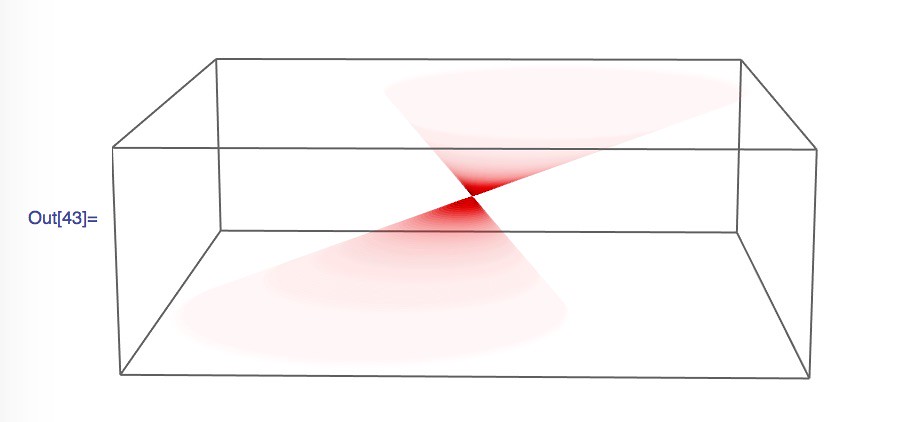Jon Warwick
Member
The relative ease of large film to not display every sin was eye opening when I looked at my drum scanned 4x5" negative yesterday. I'd used a wooden camera, and the lens board would always jolt a bit when I cocked the shutter!
But looking at the 40x50" image on my 27" screen, and having spent recent years looking at thousands of digital images only, this relatively imprecise film gear had produced a flawless image - not an aberration in sight, just a very large amount of natural-looking detail all across the frame. Sure, I was using very fine grained Acros 100 & admittedly good lens (110mm super symmar xl), and the 350mb drum scan cost a small fortune - but I suddenly thought it's been a while since I saw such detailed and impeccable image quality at that big 40x50" size (the Phase 100mp images on the Alpa website aside!)
But looking at the 40x50" image on my 27" screen, and having spent recent years looking at thousands of digital images only, this relatively imprecise film gear had produced a flawless image - not an aberration in sight, just a very large amount of natural-looking detail all across the frame. Sure, I was using very fine grained Acros 100 & admittedly good lens (110mm super symmar xl), and the 350mb drum scan cost a small fortune - but I suddenly thought it's been a while since I saw such detailed and impeccable image quality at that big 40x50" size (the Phase 100mp images on the Alpa website aside!)
Last edited:

